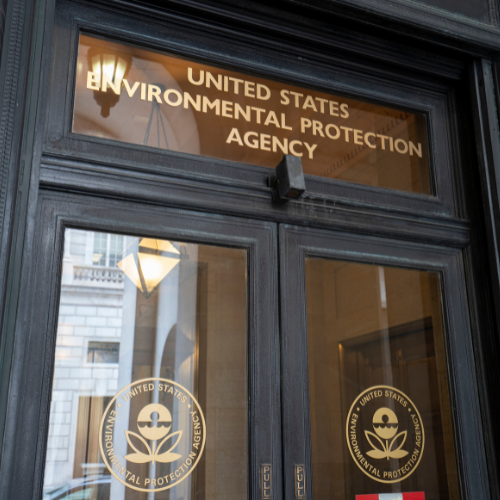In spite of mountains of evidence of the dangers posed by asbestos exposure resulting in the countless diagnoses of illnesses that include asbestosis and mesothelioma, the use of these dangerous and deadly fibers continues. Bans have been imposed throughout the world, yet some countries, particularly the United States, still continue their import activities.
The JAMA Network Open journal published a study that focused on data from 1990 to 2017, revealing that mesothelioma diagnoses that resulted in fatalities increased in all parts of the world. However, there were some promising signs that the prohibitions may be having an impact.
Promising signs showing reductions in mesothelioma cases
A study conducted by Zhejiang University researchers in Hangzhou, China, looked at nearly 200 countries and territories. Reviewing 1990 data revealed 21,244 cases and 17,406 deaths. Comparing those findings with 2017 numbers revealed almost 35,000 new diagnoses with close to 30,000 deaths.
Additional findings revealed:
- Seventy percent of malignant mesothelioma diagnoses were men
- The proportion of those 70 and older diagnosed with mesothelioma increased
- People 50 and younger saw a reduction in mesothelioma cases
The decline in the younger demographics’ incidence and mortality reveals the effectiveness of specific asbestos bans imposed decades ago. However, concerns continue with the ongoing use of asbestos in other parts of the world, including the U.S. Not to mention asbestos lingering in older buildings and the use of talc-based consumer products that have sickened and killed people.
The study shows promising signs in the fight against asbestos use, resulting in tangible reductions in mesothelioma diagnoses. However, so long as asbestos remains in use and continues to be imported and exported throughout certain countries, cases will continue to climb.















